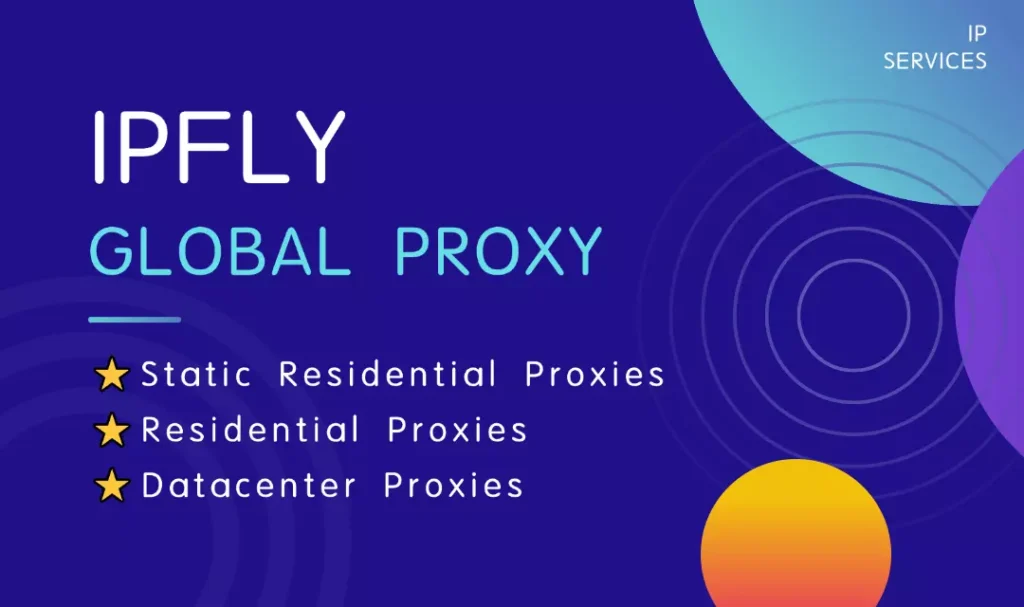Disclaimer: This article is an educational tutorial about the history and technology of P2P file-sharing networks. The BitTorrent protocol is a legal technology, but using it to distribute copyrighted material without permission is illegal in many countries. We do not endorse copyright infringement and strongly encourage readers to use legal and safe sources for content.

In the long and storied history of the internet, certain names become digital legends, synonymous with an entire era of technology. For a significant time in the world of peer-to-peer (P2P) file sharing, one of the largest and most recognized names was ExtraTorrents. If you’re searching for it today, however, you’re chasing a ghost.
This popular science tutorial will serve as a digital archaeology lesson. We’ll explore what ExtraTorrents was, explain the fascinating science of the P2P network it helped coordinate, and most importantly, discuss the critical security risks of the digital ghosts—the copycat sites—that haunt the web today.
The Digital Library That Vanished
Before we dive into the science, let’s address the central fact: The official ExtraTorrents website permanently shut down in May 2017.
For nearly a decade, ExtraTorrents was one of the largest BitTorrent indexers on the planet. To understand its role, let’s use an analogy. Imagine a massive, global, decentralized library where books are stored not in one building, but as individual pages on the bookshelves of millions of people (the “peers”).
ExtraTorrents didn’t hold any of the books (the files). Instead, it was the library’s master card catalog. It was a massive search engine that held the “cards” (.torrent files) that told you which people to connect with to start assembling the pages of the book you wanted. When it vanished in 2017, the card catalog was gone for good.
The Science of the Swarm – How It All Worked
The technology that ExtraTorrents coordinated is called the BitTorrent protocol. It’s a brilliant solution to the problem of distributing large files to many people without a powerful central server.
The Swarm: When multiple people are sharing and downloading the same file, they form a “swarm.”
Pieces, Not Whole Files: The file is broken into thousands of tiny, individual pieces.
Collaborative Sharing: As a user (a “peer”), your computer downloads the pieces it needs from many different people in the swarm simultaneously. As soon as you have a few pieces, you automatically start sharing—or “seeding”—those pieces to others who need them.
This P2P model is incredibly efficient. Instead of everyone pulling from one source, the swarm itself becomes a super-fast distribution network. ExtraTorrents’ job was simply to introduce you to the right swarm for the file you were looking for.
The Danger of Digital Ghosts – Unofficial Clone Sites
Because the “ExtraTorrents” brand is so well-known, its shutdown created a vacuum that malicious actors rushed to fill. Today, any site claiming to be the new ExtraTorrents is an unofficial and potentially dangerous clone. These digital ghosts are risky for several reasons:
Malware and Viruses: They are notorious for hosting malicious advertisements or bundling malware with torrent files. A single wrong click could infect your device.
Phishing Traps: Many are designed to look like the original site to trick you into downloading harmful software or to phish for your personal information.
No Quality Control: The original site had a community that would flag bad files. The clones have no such standards, making them a wasteland of low-quality and potentially dangerous files.
The Universal Rule of P2P – Your IP Address Is Public
A fundamental aspect of the BitTorrent protocol is that all participants in a swarm can see each other’s IP addresses. This privacy risk was true for the real ExtraTorrents and is true for any P2P activity. For individuals concerned about this level of exposure, managing one’s digital identity is crucial.
A common method for protecting an IP address on any network is to use a secure proxy. A professional service like IPFLY, for example, can route a user’s internet traffic through a secure server with a different, residential IP address. This acts as a privacy shield, ensuring the user’s personal IP is not visible to others on the network. This science of masking one’s digital address is a foundational principle of modern online privacy.
Craving exclusive proxy strategies and professional service recommendations? First visit IPFLY.net, then join the IPFLY Telegram community—here, you’ll find the latest industry updates and practical tips to help you easily master the core secrets of proxy usage. Come now!

A Lesson from Internet History
ExtraTorrents is a key chapter in the history of the internet—a testament to the power of decentralized technology. But that chapter is closed. The search for it today leads not to a legendary library, but to a landscape of dangerous impostors.
The science of P2P sharing is fascinating, but it’s a technology that must be approached with caution and a strong understanding of its inherent privacy risks. In 2025, the safest and best way to enjoy content is through the many legal and secure platforms available that support the creators behind it.


